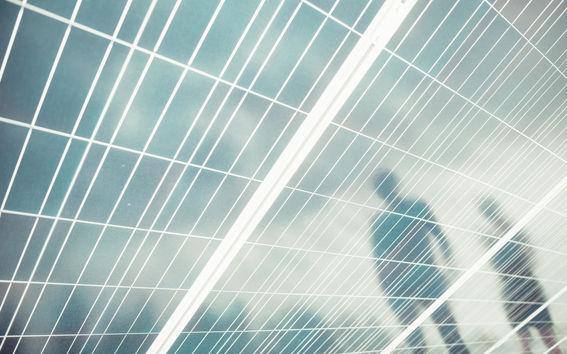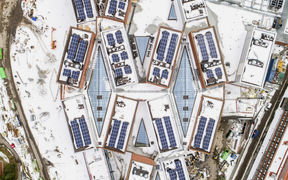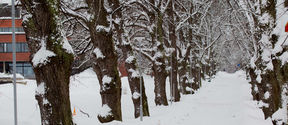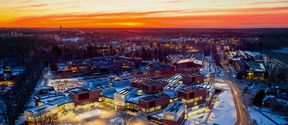Starting from October, the goal of Aalto University is to reduce the total energy consumption of the Otaniemi campus, Aalto Töölö, and Metsähovi research station by 15 per cent a year, compared to the previous year. The largest savings measures take place in the facilities, but the Aalto community and other campus users also play an important role.
The significant goal is underpinned by the global energy crisis, which, at the same time, accelerates the university's efforts towards a carbon-neutral campus.
'A carbon-neutral campus, as well as reducing energy consumption, have been at the centre of Aalto University's operations for several years. In addition to the measures already agreed upon, experts from the university and Aalto University Campus and Real Estate have proposed more extensive measures that will enable us to achieve the 15% energy saving target,' says Ossi Naukkarinen, Aalto University's Vice President for Research and Innovation.
The Carbon Neutral Aalto 2030 action plan, currently under way, sets out the university's own emission reduction targets and measures. Significant emission reductions have been achieved, for example, by developing the university’s own renewable energy production, optimising space utilisation, and by shifting to the procurement of certified green electricity.
Small acts in addition to large measures
The latest practical measures to reduce energy consumption have either started or will start during October and November. During the campaign, it is estimated that around a third of energy savings will come from thermal energy optimisation, around a third from electrical energy related activities, and around a third from community activities.
The temperature of building facilities is reduced by 1 to 2 degrees, where it is appropriate. Changes in the running times of ventilation units concern the closing hours of buildings, and facilities with less use, such as stairways. The aim is to reduce the consumption of electrical energy, for example, by temporarily closing all campus saunas in general use, and by ensuring that the lighting of buildings is used when needed, and that equipment that does not need to be on is switched off after use.
The community plays an important role in reducing energy consumption
Aalto University encourages its community to consider its energy consumption more carefully and to report possible big energy-users through the Aalto website. Tips from the Aalto community have already been used to find new potential energy saving targets. For example, shutting down laboratory research equipment at the end of use, significantly reduces the electricity consumption of these facilities.
In addition, increasing the production of electricity by the Otaniemi campus with new solar power stations, and participating in the demand response market for electricity and district heating, are under consideration.
Aalto University and Aalto University Campus and Real Estate are a partner of the joint government campaign, Down a Degree, aimed at saving energy.
Interview requests
Noora Stapleton, Senior Communications Specialist (campus)
noora.stapleton@aalto.fi
tel.+358 50 353 1525

















